Claude Joseph Désiré Charnay
French, 1828—1915
About
Claude Joseph Désiré Charnay
French, 1828—1915
Claude Joseph Désiré Charnay was one of the first Europeans to photograph and document Pre-Columbian ruins in Mexico and Central America, and his images are considered a valuable record of a transitional pre-historical Mexico. Expeditionary photographers of the nineteenth century embodied the era’s ideals with courageous and daring exploration of the natural world in the name of discovery and documentation. Charnay’s travels between 1857 and 1886 bore faithful witness to sites in Central America, Java, Madagascar and Australia for the sake of history and his own restless spirit. His first Mexican expedition began in 1857, at the height of the Mexican Civil War, and was often disrupted and threatened by sporadic battles. After some delays, Charnay left Mexico City for Oaxaca in September of 1858. Five months later, in March of the next year, his supplies and luggage had still not made the journey and he was forced to improvise with local materials. Even with these delays and challenging climate conditions, Claude Joseph Désiré Charnay was able to produce a significant body of work. When Charnay returned to France in 1861, he prepared two volumes of his photographs, called Cites et Ruines Americaines: Mitla, Palenque, Izmal, Chichen-Itza, Uxmal, which provided Europe with the first photographs of the mysterious Mexican monuments.
Featured Work
Claude Joseph Désiré Charnay
Izamal: Public Square and the Second Pyramid, from Cities et Ruines Americaines, (Pl. 24), 1860
Albumen silver print from glass negative, mounted on card
6 x 9 in.
Claude Joseph Désiré Charnay
Uxmal: Egyptian facade of the Nun's Palace, from Cities et Ruines Americaines (Pl. 38), 1860
albumen silver print from glass negative, mounted on card
5 15/16 x 9 in.
Claude Joseph Désiré Charnay
Mitla: Interior of a room in the Great Palace, from Cities et Ruines Americaines (pl. 9), 1859-1860
Albumen silver print from glass negative, mounted on card
5 7/8 x 9 1/8 in.
Claude Joseph Désiré Charnay
Mitla: Interior of the Priest's House, from Cities et Ruines Americaines (Pl. 4), 1859-1860
Albumen silver print from glass negative, mounted on card
5 5/8 x 9 15/16 in.
Claude Joseph Désiré Charnay
Uxmal: House of the Turtles, Governor's Palace, from Cities et Ruines Americaines (Pl. 43), 1860
Albumen silver print from glass negative, mounted on card
5 15/16 x 9 in.
Claude Joseph Désiré Charnay
Chichen Itza: Palais du Cirque A Chiche1856n-Itza, Interiur d'une salle, from Cities et Ruines Americaines (Pl. 33), 1860
Albumen silver print from glass negative, mounted on card
6 x 8 15/16 in.
Claude Joseph Désiré Charnay
Mitla: Exterior of the Priest's House, from Cities et Ruines Americaines (Pl. 3), 1859-1860
Albumen silver print from glass negative, mounted on card
6 x 9 in.
Claude Joseph Désiré Charnay
Uxmal: Facade of the north wing of the Nun's Palace, from Cities et Ruines Americaines (Pl. 36), 1860
Albumen silver print from glass negative, mounted on card
6 1/8 x 9 in.
Claude Joseph Désiré Charnay
Mitla: Eastern Facade of the Great Palace-from the 'Cities et ruines americaines' series, (Pl. 7), 1859-1860
Albumen silver print from glass negative, mounted on card
5 15/16 x 9 in.
Claude Joseph Désiré Charnay
Uxmal: South Side of the Nun's Palace, from Cities et Ruines Americaines (pl. 42), 1860
albumen silver print from glass negative, mounted on card
5 13/16 x 9 in.
Claude Joseph Désiré Charnay
Mitla: Western facade of the Fourth Palace, from Cities et Ruines Americaines (pl. 15), 1859-1860
Albumen silver print from glass negative, mounted on card
5 5/8 x 9 in.
Claude Joseph Désiré Charnay
Mitla: Western facade of the Great Palace, from Cities et Ruines Americaines (pl. 8), 1859-1860
Albumen silver print from glass negative, mounted on card
6 x 9 in.
Claude Joseph Désiré Charnay
Chichen-Itza: North side of the Nun's Palace, from Cities et Ruines Americaines (pl. 29), 1860
Albumen silver print from glass negative, mounted on card
5 15/16 x 9 in.
Claude Joseph Désiré Charnay
Izamal: Great Pyramid, from Cities et Ruines Americaines (pl. 23), 1860
Albumen silver print from glass negative, mounted on card
5 15/16 x 9 1/16 in.
Claude Joseph Désiré Charnay
Mitla: Vista General de las Ruinas de Uxmal, Yucatan, from Cities et Ruines Americaines (Pl. 46), 1859-1860
Albumen silver print from glass negative, mounted on card
5 3/4 x 9 1/8 in.
Claude Joseph Désiré Charnay
Chichen-Itza: North side of the Nun's Palace, from Cities et Ruines Americaines (pl. 26), 1860
Albumen silver print from glass negative, mounted on card
7 15/16 x 5 15/16 in.
Claude Joseph Désiré Charnay
Mitla: Southern facade of the Fourth Palace, 1859-1860
Mammoth-plate albumen silver print from collodion on glass negative
10 5/8 x 16 in.
Claude Joseph Désiré Charnay
Uxmal: Indian bas-relief, Nun's Palace, from Cities et Ruines Americaines (Pl. 44), 1860
Albumen silver print from glass negative, mounted on card
9 7/8 x 5 15/16 in.
Claude Joseph Désiré Charnay
Mitla: Eastern facade of the Fourth Palace, from Cities et Ruines Americaines, (Pl. 14), 1859-1860
Albumen silver print from glass negative, mounted on card
5 7/8 x 9 1/16 in.
Claude Joseph Désiré Charnay
Mitla: Facade of the Third Palace, from Cities et Ruines Americaines, (Pl. 13), 1859-1860
Albumen silver print from glass negative, mounted on card
5 15/16 x 8 15/16 in.
Claude Joseph Désiré Charnay
Uxmal: Detail of the facade of the snake, Nun's Palace, from Cities et Ruines Americaines (pl. 41), 1860
Albumen silver print from glass negative, mounted on card
6 15/16 x 9 1/8 in.
Claude Joseph Désiré Charnay
Mitla: Second Palace, from Cities et Ruines Americaines, (Pl. 12), 1860
Albumen silver print from glass negative, mounted on card
5 15/16 x 9 1/16 in.
Claude Joseph Désiré Charnay
Uxmal: Facade of the Snake, Nun's Palace, from Cities et Ruines Americaines (Pl. 40), 1860
Albumen silver print from glass negative, mounted on card
6 x 9 in.
Claude Joseph Désiré Charnay
Mitla: Vista General de las Ruinas, from Cities et Ruines Americaines (Pl. 17), 1859-1860
Albumen silver print from glass negative, mounted on card
5 15/16 x 9 1/16 in.
Claude Joseph Désiré Charnay
Mitla: Southern facade of the Fourth Palace, from Cities et Ruines Americaines (Pl. 16), 1859-1860
Albumen silver print from glass negative, mounted on card
5 15/16 x 9 in.
Claude Joseph Désiré Charnay
Palenque: Cross stone, from Cities et Ruines Americaines, (Pl. 21), 1860
Albumen silver print from glass negative, mounted on card
6 x 9 in.
Claude Joseph Désiré Charnay
Mitla: Artificial pyramid surmounted by a temple, from Cities et Ruines Americaines (Pl. 2), 1859-1860
Albumen silver print from glass negative, mounted on card
5 15/16 x 9 in.
Claude Joseph Désiré Charnay
Aztec calendar stone, Mexico City, from Cites et Ruines Americaines, (pl. 1), 1860
Albumen silver print from glass negative, mounted on card
8 7/16 x 10 3/4 in.
Claude Joseph Désiré Charnay
Uxmal: Dwarf's House, from Cities et Ruines Americaines (Pl. 35), 1860
Albumen silver print from glass negative, mounted on card
9 x 6 in.
Claude Joseph Désiré Charnay
Chichen-Itza: Left wing of the Nun's Palace, from Cities et Ruines Americaines (pl. 27), 1860
Albumen silver print from glass negative, mounted on card
6 x 9 in.
Claude Joseph Désiré Charnay
Chichen-Itza: The Prison, from Cities et Ruines Americaines (Pl. 31), 1860
Albumen silver print from glass negative, mounted on card
5 7/8 x 9 1/16 in.
Claude Joseph Désiré Charnay
Mitla: Courtyard Interior, the Great Palace, from Cities et Ruines Americaines (Pl. 11), 1859-1860
Albumen silver print from glass negative, mounted on card
6 x 9 in.
Claude Joseph Désiré Charnay
A view of the Nossi-Be, Madagascar, 1863
Albumen silver print from glass negative, mounted on card
9 x 10 15/16 in.
Claude Joseph Désiré Charnay
Featured Work
-

Izamal: Public Square and the Second Pyramid, from Cities et Ruines Americaines, (Pl. 24)
-
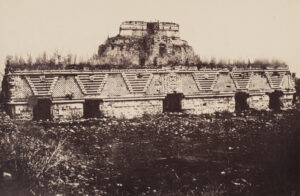
Uxmal: Egyptian facade of the Nun's Palace, from Cities et Ruines Americaines (Pl. 38)
-
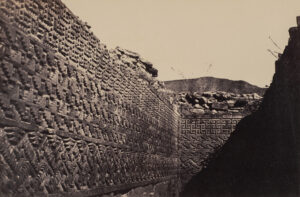
Mitla: Interior of a room in the Great Palace, from Cities et Ruines Americaines (pl. 9)
-
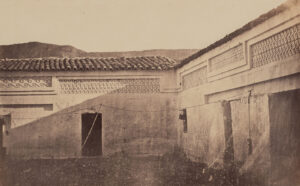
Mitla: Interior of the Priest's House, from Cities et Ruines Americaines (Pl. 4)
-
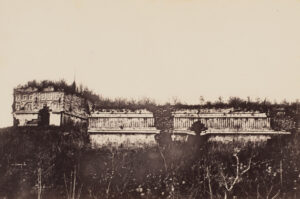
Uxmal: House of the Turtles, Governor's Palace, from Cities et Ruines Americaines (Pl. 43)
-
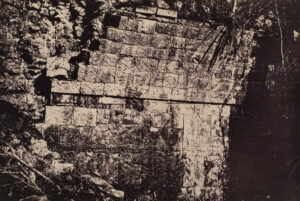
Chichen Itza: Palais du Cirque A Chiche1856n-Itza, Interiur d'une salle, from Cities et Ruines Americaines (Pl. 33)
-
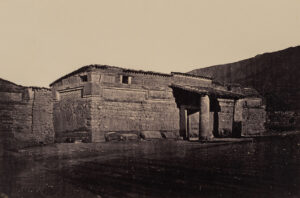
Mitla: Exterior of the Priest's House, from Cities et Ruines Americaines (Pl. 3)
-
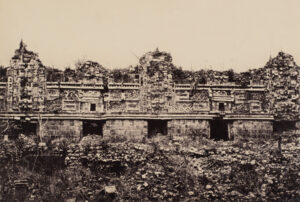
Uxmal: Facade of the north wing of the Nun's Palace, from Cities et Ruines Americaines (Pl. 36)
-
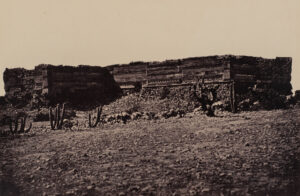
Mitla: Eastern Facade of the Great Palace-from the 'Cities et ruines americaines' series, (Pl. 7)
-
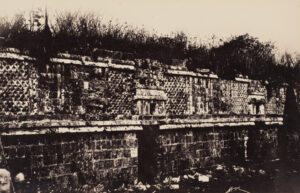
Uxmal: South Side of the Nun's Palace, from Cities et Ruines Americaines (pl. 42)
-
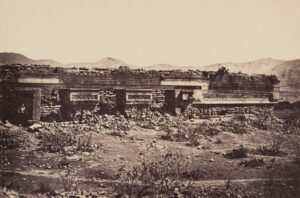
Mitla: Western facade of the Fourth Palace, from Cities et Ruines Americaines (pl. 15)
-
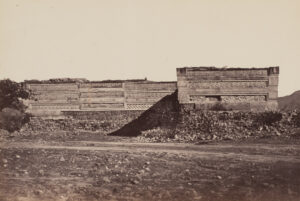
Mitla: Western facade of the Great Palace, from Cities et Ruines Americaines (pl. 8)
-
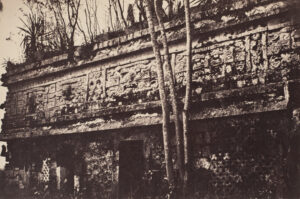
Chichen-Itza: North side of the Nun's Palace, from Cities et Ruines Americaines (pl. 29)
-

Izamal: Great Pyramid, from Cities et Ruines Americaines (pl. 23)
-
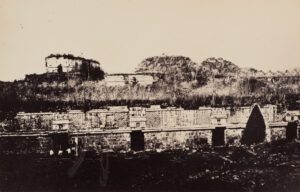
Mitla: Vista General de las Ruinas de Uxmal, Yucatan, from Cities et Ruines Americaines (Pl. 46)
-
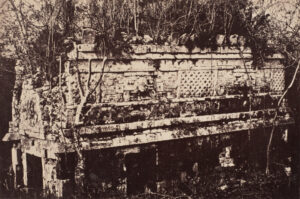
Chichen-Itza: North side of the Nun's Palace, from Cities et Ruines Americaines (pl. 26)
-
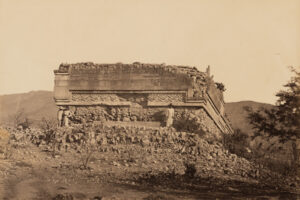
Mitla: Southern facade of the Fourth Palace
-
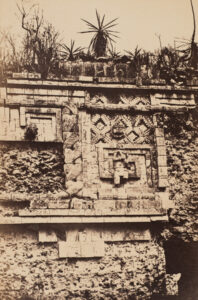
Uxmal: Indian bas-relief, Nun's Palace, from Cities et Ruines Americaines (Pl. 44)
-

Mitla: Eastern facade of the Fourth Palace, from Cities et Ruines Americaines, (Pl. 14)
-
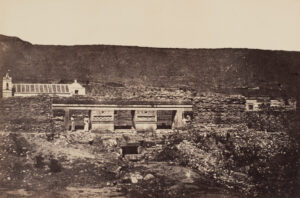
Mitla: Facade of the Third Palace, from Cities et Ruines Americaines, (Pl. 13)
-
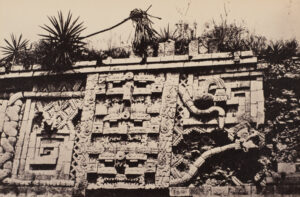
Uxmal: Detail of the facade of the snake, Nun's Palace, from Cities et Ruines Americaines (pl. 41)
-
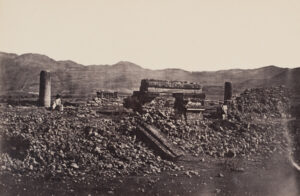
Mitla: Second Palace, from Cities et Ruines Americaines, (Pl. 12)
-
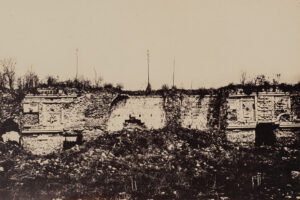
Uxmal: Facade of the Snake, Nun's Palace, from Cities et Ruines Americaines (Pl. 40)
-
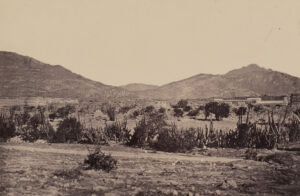
Mitla: Vista General de las Ruinas, from Cities et Ruines Americaines (Pl. 17)
-
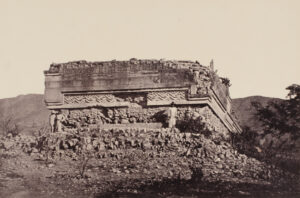
Mitla: Southern facade of the Fourth Palace, from Cities et Ruines Americaines (Pl. 16)
-
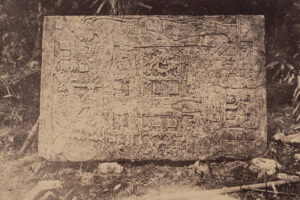
Palenque: Cross stone, from Cities et Ruines Americaines, (Pl. 21)
-
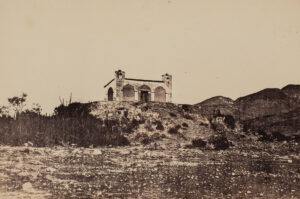
Mitla: Artificial pyramid surmounted by a temple, from Cities et Ruines Americaines (Pl. 2)
-
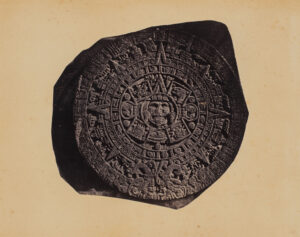
Aztec calendar stone, Mexico City, from Cites et Ruines Americaines, (pl. 1)
-
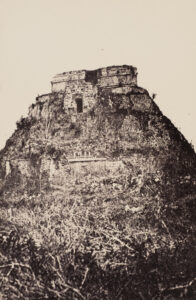
Uxmal: Dwarf's House, from Cities et Ruines Americaines (Pl. 35)
-

Chichen-Itza: Left wing of the Nun's Palace, from Cities et Ruines Americaines (pl. 27)
-
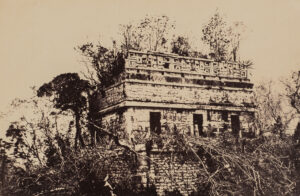
Chichen-Itza: The Prison, from Cities et Ruines Americaines (Pl. 31)
-
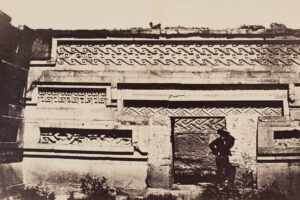
Mitla: Courtyard Interior, the Great Palace, from Cities et Ruines Americaines (Pl. 11)
-
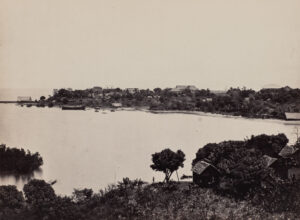
A view of the Nossi-Be, Madagascar